Day 2
Visit the Gulbenkian Museum
It houses a collection of artwork, relics, and other priceless items from all around the world, including pieces by Rembrandt, Monet, and Rodin.
Calouste Gulbenkian, an Armenian-British philanthropist, created the Gulbenkian Museum in the late 1950s and gave his personal art collection to the institution. The museum is renowned for its varied and eclectic collection, which features artwork from many different historical periods and cultural backgrounds.
The Gulbenkian Museum has two main structures: the Main Building, which holds the permanent collection, and the Modern Art Center, which houses a collection of modern and contemporary art. It is situated in a lovely park.
Tourists and art enthusiasts frequently visit the Gulbenkian Museum, which is accessible to the general public. It’s open from 10:00 a.m. to 6:00 p.m. every day, however it’s closed on specific holidays like January 1 and December 25.
At the Gulbenkian Museum’s ticket counter or online through the museum’s website, visitors can purchase tickets. The Main Building, which has the permanent collection, and the Modern Art Center, which has a collection of modern and contemporary art, are both accessible with the purchase of a single ticket.
There are several ticket options available, including a single ticket, which grants access to the museum for one day, and a multi-day ticket, which grants access to the museum for multiple days. Children under the age of 6 are admitted to the museum for free.
There are also several discounts available for students, seniors, and families.
Explore the Chiado District
It is a well-liked destination for both visitors and residents alike due to its reputation for its food, shopping, and cultural activities.
It is an excellent area to buy fashion, jewelry, and other upscale items because it is home to several high-end stores and boutiques. Additionally, there are many excellent eateries and coffee shops, making it a fantastic opportunity to sample some regional cuisine and beverages.
Take a tour of the port wine cellars
An excellent method to discover how port wine is made and sample several varieties is to go to a port wine cellar.
Portugal’s Douro Valley is where port wine, a fortified wine, is made. It has a rich flavor and deep color since it is prepared from red grapes and matured in wood barrels.
Lisbon is home to a number of port wine cellars, several of which provide tours and tastings. These excursions frequently include a trip to the cellars, where you can observe how the wine is matured and learn about the manufacturing process. Additionally, you will get the chance to sample a selection of port wines, including tawny, ruby, and vintage port.
Numerous tour options, including guided tours, tastings, and food and wine pairings, are available at the majority of port wine cellars. These excursions are a fantastic opportunity to discover more about port wine and get a taste of the way of life there.
Visit the Rossio Square
Located in the center of Lisbon, (Portuguese: Praça de Dom Pedro IV) is a major square. It is a well-known city landmark and is significant historically and culturally.
Both visitors and residents like visiting Rossio Square, which is an excellent spot to unwind, observe people, and take in the neighborhood vibe. A number of significant landmarks can be found in the plaza, including the Rossio Train Station and the Dona Maria II National Theatre.
In addition to its attractions, Rossio Square is home to a variety of stores, eateries, and cafés that make wonderful locations to unwind with a drink or meal. The area is a favorite location for musicians and street performers, and it’s a terrific site to see live entertainment.
Walk along the Rua Augusta Arch
Known for its elaborate architecture and lengthy history, the (Portuguese: Arco da Rua Augusta) is a triumphal arch and a significant landmark in the city.
In order to commemorate the city’s recovery from the Great Earthquake of 1755, the Rua Augusta Arch was constructed in the late 18th century. It is an illustration of neoclassical architecture and is embellished with several sculptures and reliefs that reflect events in Portuguese history.
The arch is a well-liked location for taking pictures and is a fantastic location to get a feel for the way of life and culture of the area.
Visit the Lisbon Cathedral
The 12th-century Lisbon Cathedral has undergone several modifications and additions over the ages. Its construction is a combination of Romanesque and Gothic, and statues, frescoes, and other artwork are scattered throughout.
The tomb of Saint Vincent of Saragossa, one of Lisbon’s patron saints, is one of several significant religious relics housed in the Lisbon Cathedral. A museum that highlights the cathedral’s history and cultural significance is also located there.
It’s open from 10:00 a.m. to 5:00 p.m. every day, however it’s closed on specific holidays like January 1 and December 25.


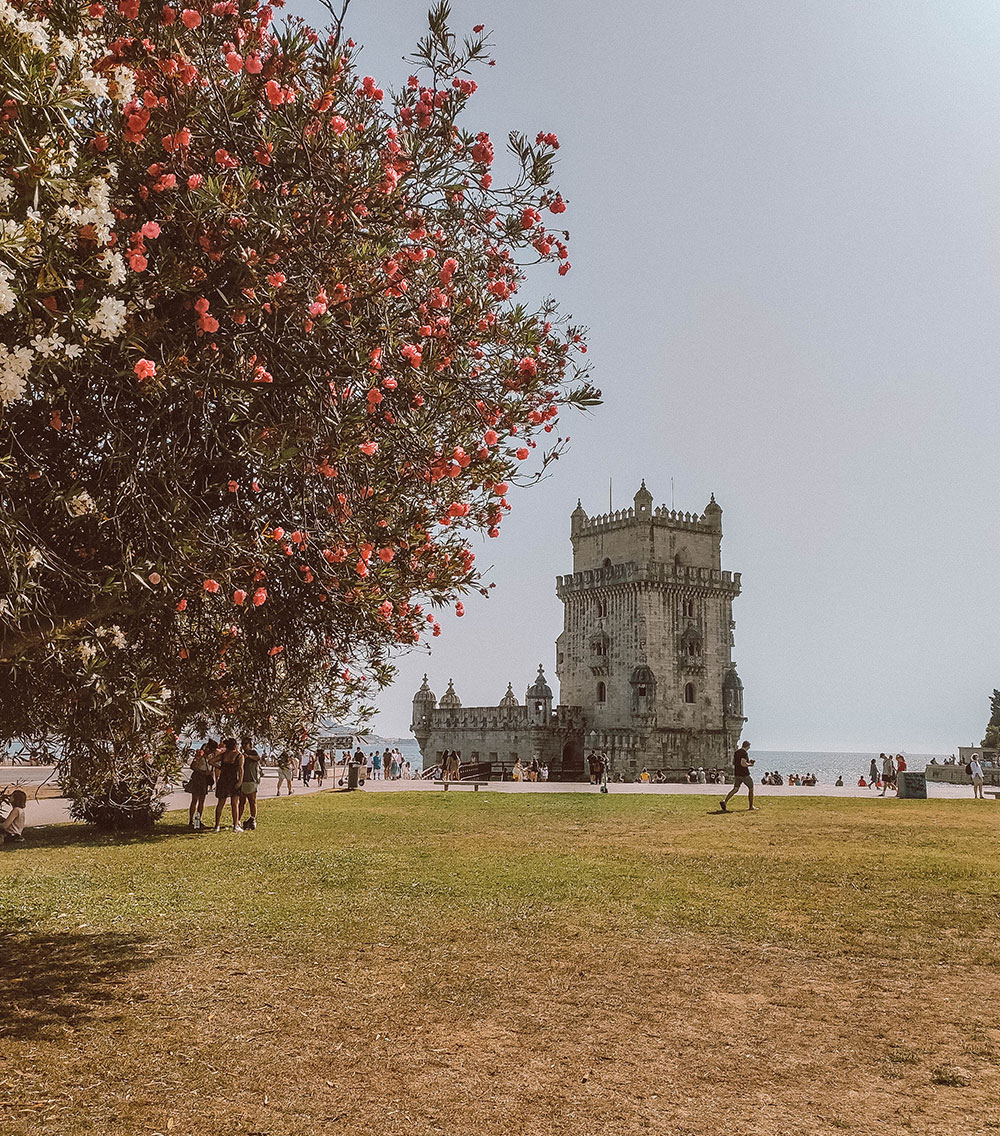

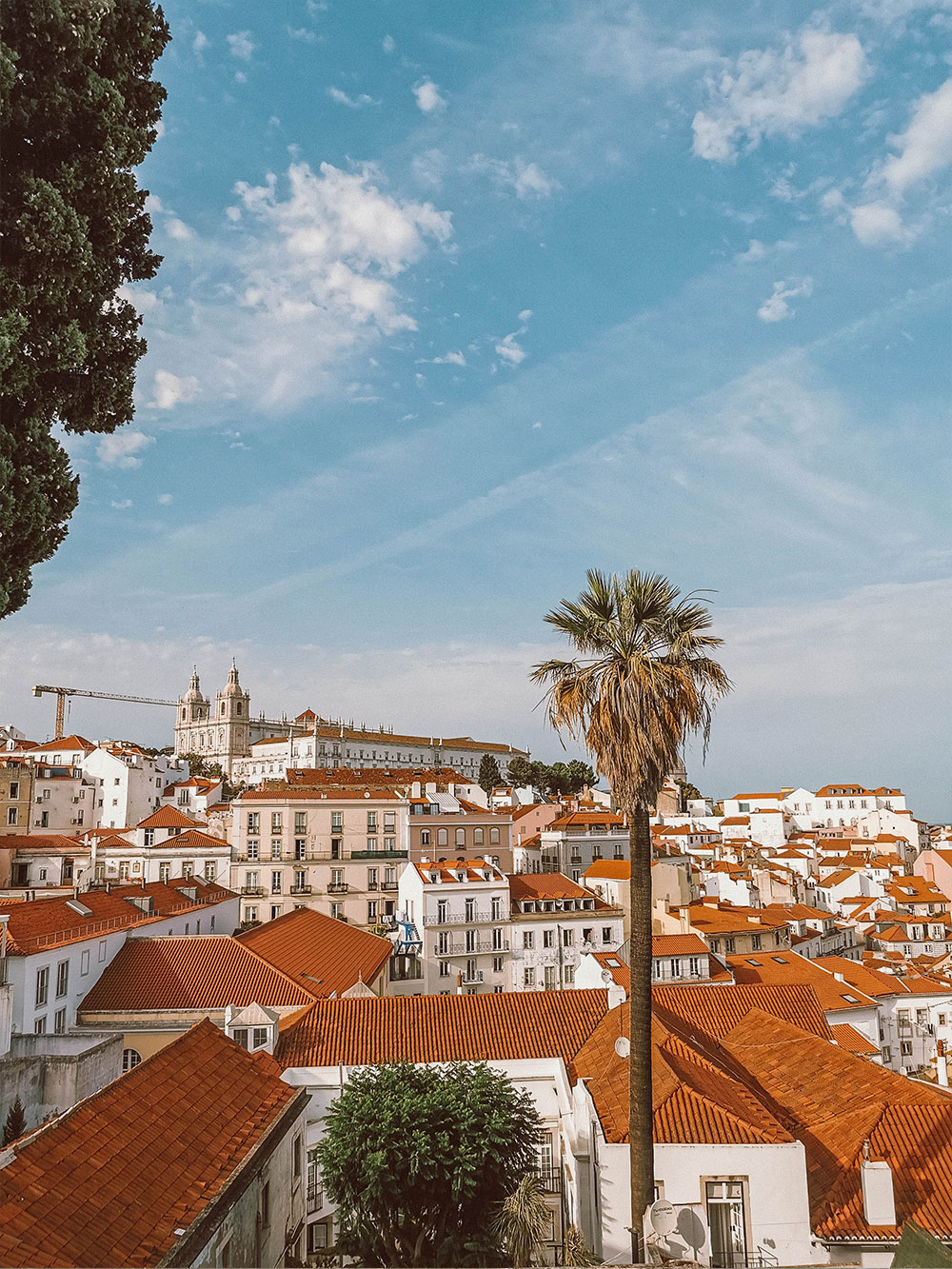

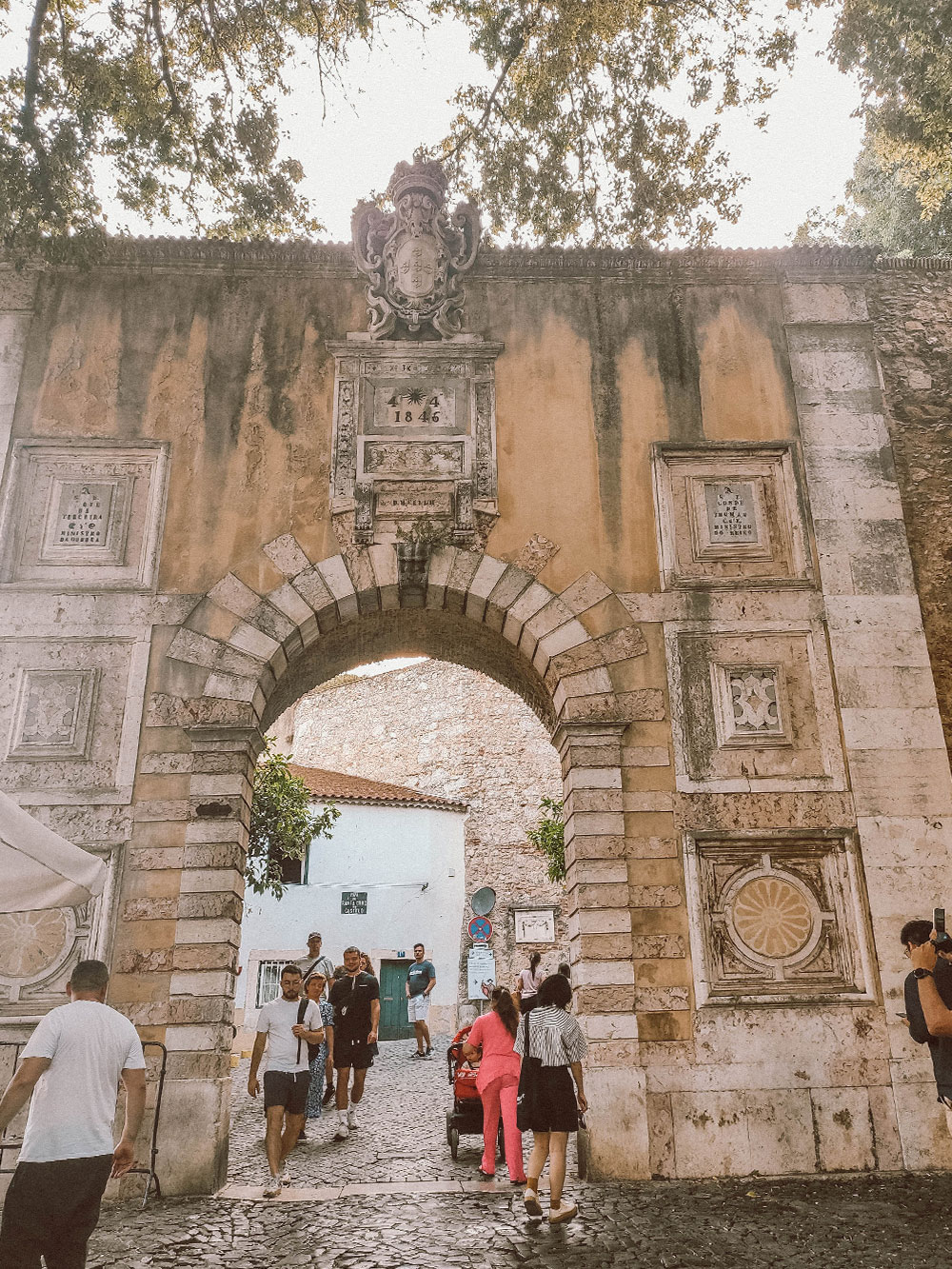
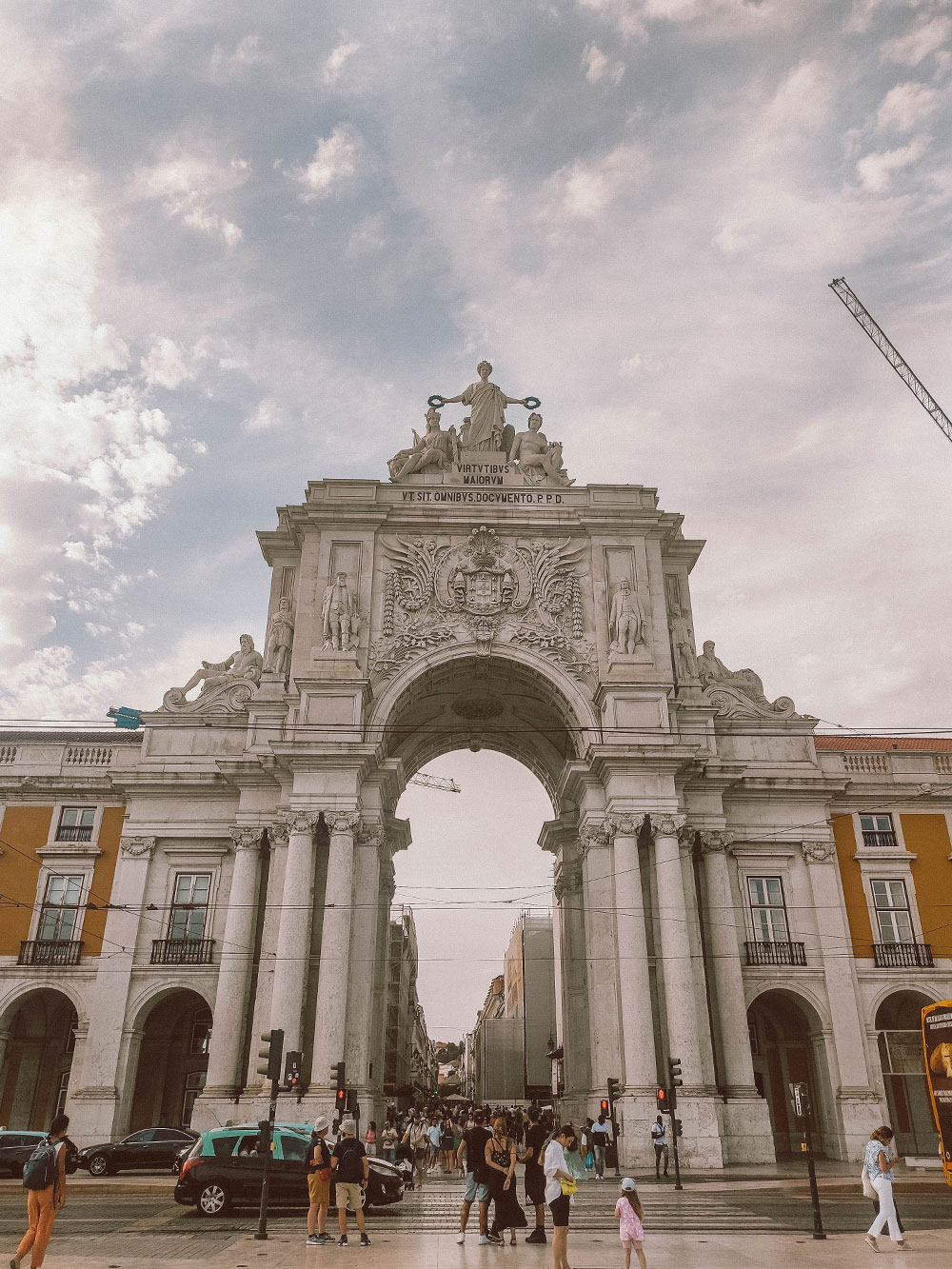


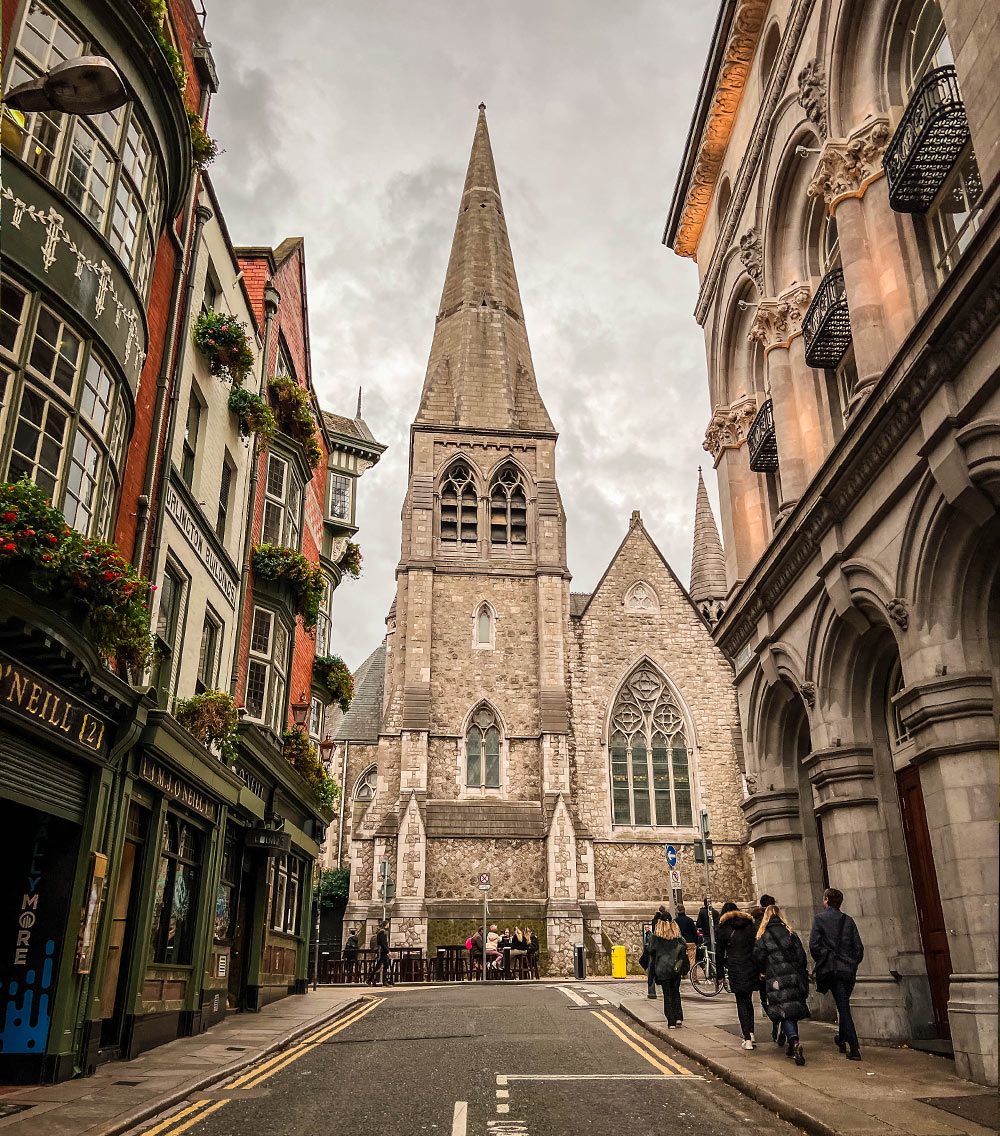
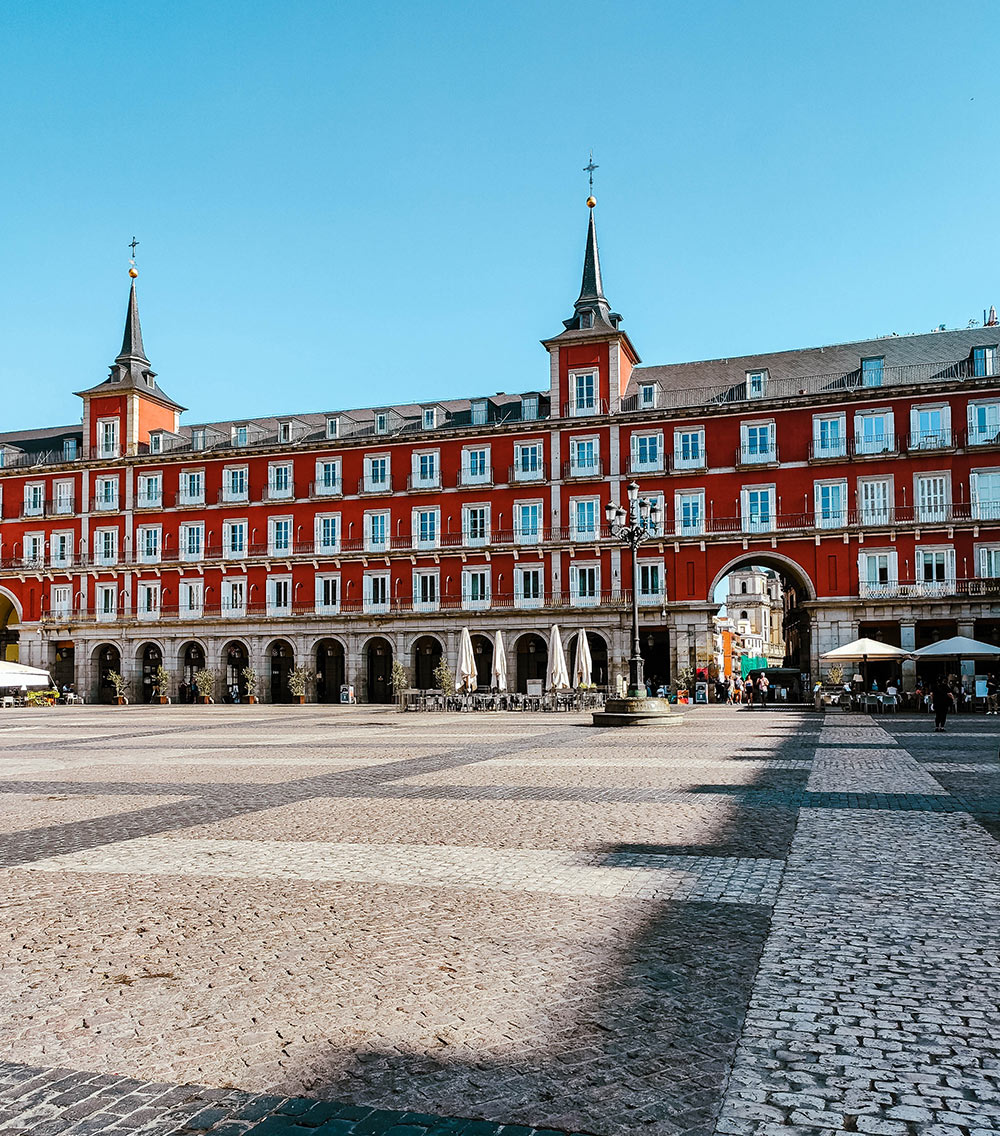
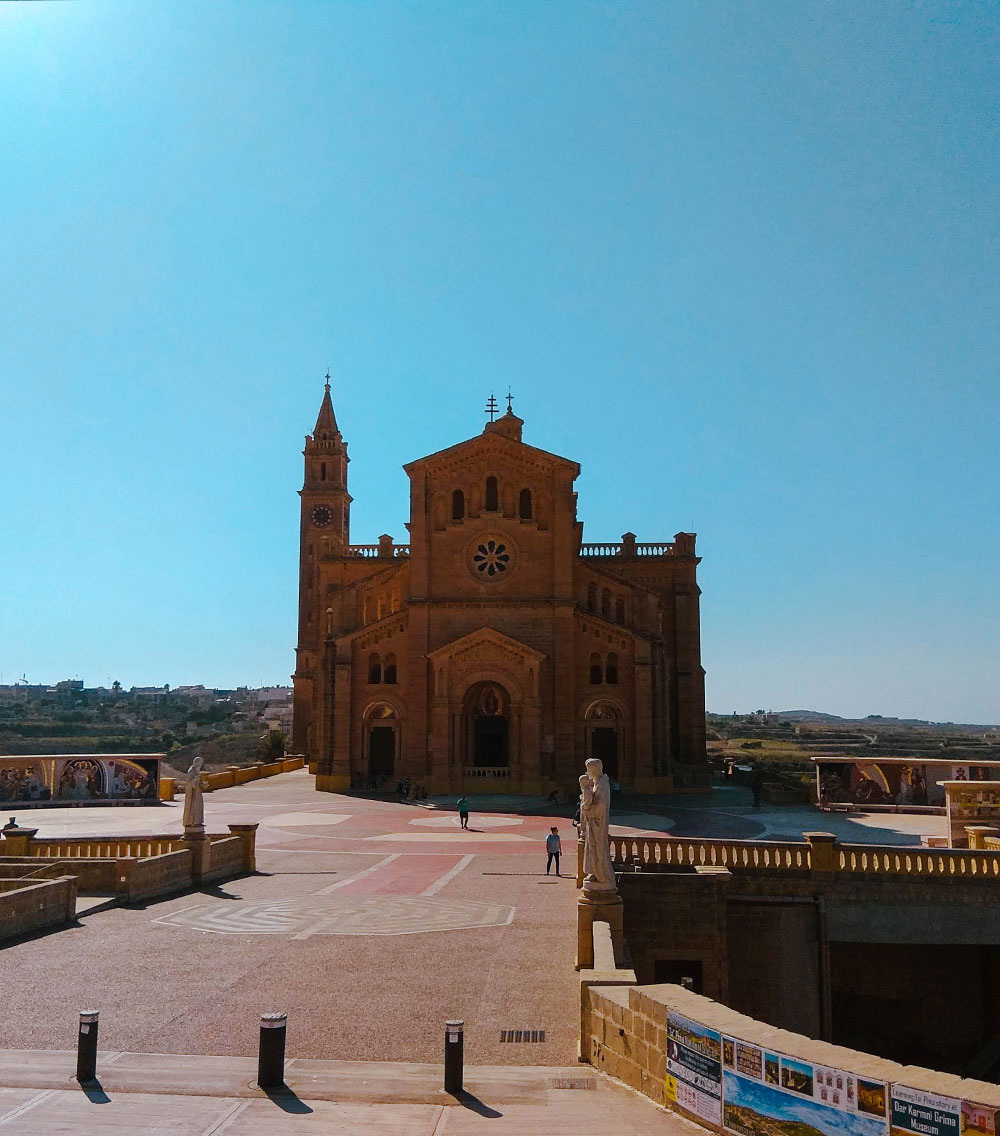

No Comments